Canon for TICC (5)
I hope you enjoy singing Canon by Pachelbel with this accompaniment... You can hear the accompaniment played in baroque music style with Harpsichord and Violoncello.
Sound of the harpsichord
I am a pianist, and I also play the harpsichord, here it is, this is composed by very famous French composer F. Couperin. The title is "Mysterious Barricade", but don't you think it's a little strange and intriguing?
0 Comments
Canon for TICC (4)
Remember, you can repeat singing just your favorite sections until the end if you have a section or more you feel hard to sing. And now you are at the final step, you have the other part playing by violin sound. It starts in advance, so you will follow a section later. You will sing along with the oboe sound and you can see the counting "1 2 3 4" in the movie for your starting. Go for it! Canon for TICC (3)Today you have sections 4 and 5. Section 4 is the best part of this music, however, would be hard to sing, you can skip this and keep on practicing the other sections you have been learning. Canon for TICC (2)You have sections 2 and 3 today. Hand signs will be a bit harder in section 3, good luck! Canon for TICC!You have learned about round singing and now you know what is it. And you had a classical masterpiece of music called "Canon" by Pachelbel in the previous lesson. Now... are you surprised if I say you will sing this song? 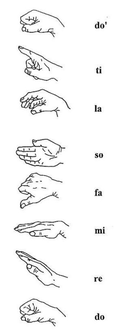 As you know, it is originally long, I arranged it for you with the most beautiful parts in this music! There are 5 sections and you will learn one by one with some hand signs (you can refer to the illustration for your preview). One of the sections must be very hard. But no worries, you could skip that part and just repeat the parts you could sing, you know, this is the good point of round singing. It seems section 4 is the one I told you it must be hard... yes it is! You don't have to sing this part with Solfege syllables, just you can hum or sing with la-la-la, etc. Section 1Let's start practicing section 1 with this movie, you will have sections 2&3 next time. Round singing 2Previously, you learned about round singing. Today you still go with the same song "Hotaru Koi", however, now you will sing the leading part always which has the following part with different timing, and then with more parts. Good luck! Canon by PachelbelThis classical masterpiece of music is composed in the form of "Canon", it is quite similar to "round". I hope you enjoy it! Round singingDo you know what the "round" singing is? I am sure you knew if you listen to these movies, let's take a look at them first.
I think you have gotten the idea of what the round singing is now. There is a "round" singing section in one of the songs you are learning in TICC rehearsals. So, let's try some for your preparation. Don't worry if it will be your first time to try, it must be fun! Hotaru Koi ほたるこい (Fireflies come)Hotaru Koi (ほたるこい)is a Japanese traditional song. You can try in 3 parts round singing with the following movie. For you solfege training, you will sing in Do-Re-Mi. However, you could refer all of the Japanese and English lyrics at here www.mamalisa.com/?t=es&p=4153 if you would like to know. Let's sing with lyrics!These English lyrics are translated from German and don't fit completely the rhythms sometimes, however, hope you enjoy singing! English versionThis music video is from very old Sesame Street. Actually, I used to know English and Japanese versions (both have the same melody) earlier than the German version and used to love that, hope you enjoy this too! "If the pot has a hole in it"I am wondering if some of you know a song with similar lyrics but a bit different melody called "A hole in a bucket" in English. Anyway, this version is originally from Germany and a kind of funny song as you could see the translation on the video which you had in the previous e-learning class on this site. You can download these 2 files at first, or just watch and sing along with the following videos. On the sheet music for singing with the movable Do system, you can see the notes colored by red are always "Do".
Practice in C majorNow you practice the melody in C major with this movie at first. You can make sure all the notes on C major scale at the beginning, then you start singing the melody at So. You have 3 times of practicing, however, of course, you can repeat more if you need. Let's sing whole song!You have gotten ready to sing along the whole part. You will get 5 times of key changing (the 5th is the same as the beginning though!) Please listen carefully to the intro section, it is starting in a different key from what you practiced (F major). You will have a part in C major as the 4th key. You don't have to think this so hard, it is just OK if you prefer to sing with la-la-la or du-du-du, it would be totally fine. Or humming is also good. I hope you just enjoy singing these changing keys on this song. What is the "movable Do system"?I believe you remember you learned about the difference between major and minor in music in past lessons. And I know some of you are now facing a kind of confusion at the rehearsals when you read the music and sing in Do Re Mi. So, I will explain some of the things about what is movable Do in a couple of e-learning lessons! Today, please take a look at this movie to start it off. I hope you understood what is "movable Do system" with this, you can see how you sing the beginning of "Twinkle Twinkle Little Star" with movable Do system like "Do Do So So La La So, Fa Fa Mi Mi Re Re Do" in the various keys. Fixed Do systemAs you saw in this movie, there is another system for reading music called "fixed Do", and I was growing up with this (I can handle both as my job, however, I prefer fixed Do system). The difference of movable and fixed Do systems would be just like different coding languages. I think some of the TICC members feel familiar to fixed Do if you learning the piano or other kind of musical instruments. It depends, however, I could say movable Do system is preferred in US, UK, Germany, and other countries, especially in the education of Kodaly method. Fixed Do system is preferred in South and West European district like France, Italy, Spain, Belgium, etc. For next online lesson...For more understanding, you will learn this funny music next time. Please watch this as your preview! |
Eri TsuchiyaTICC accompanist since 2013. Archives
April 2021
Categories |
||||||||||||||||||||||||
Proudly powered by Weebly
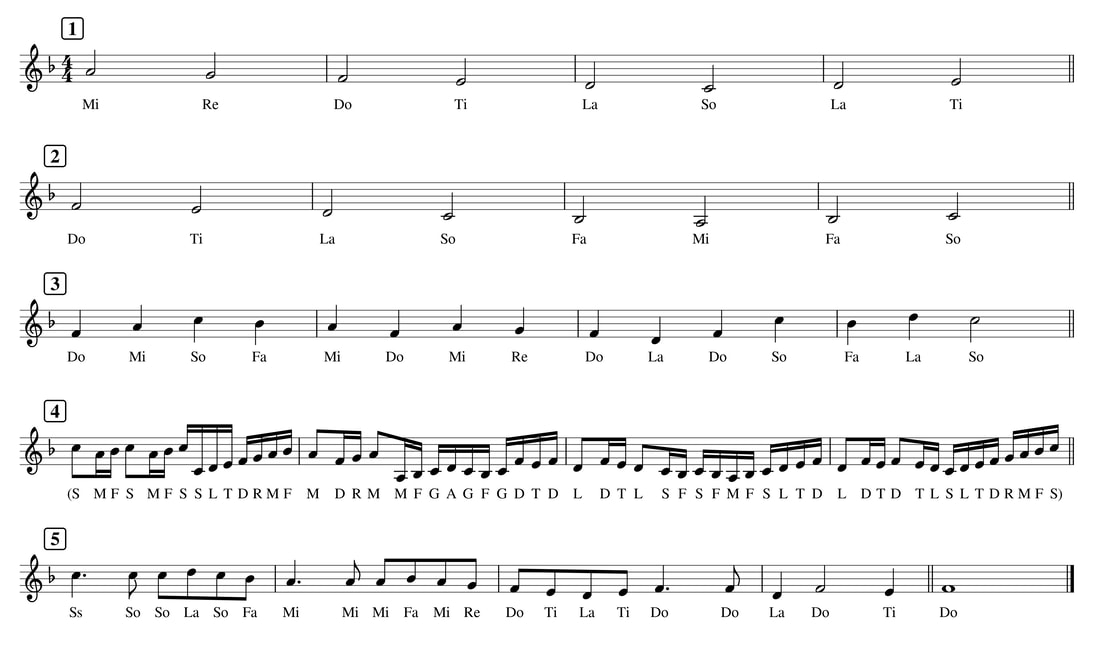
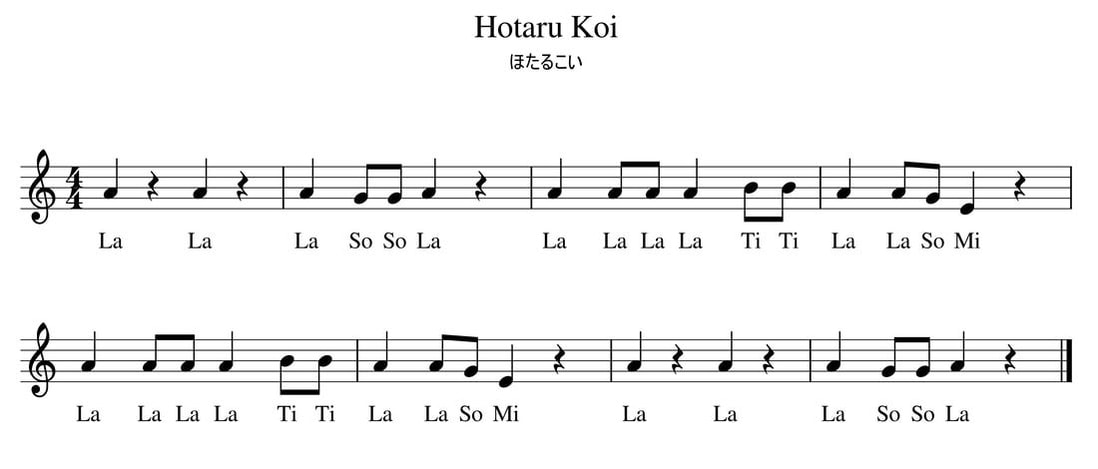
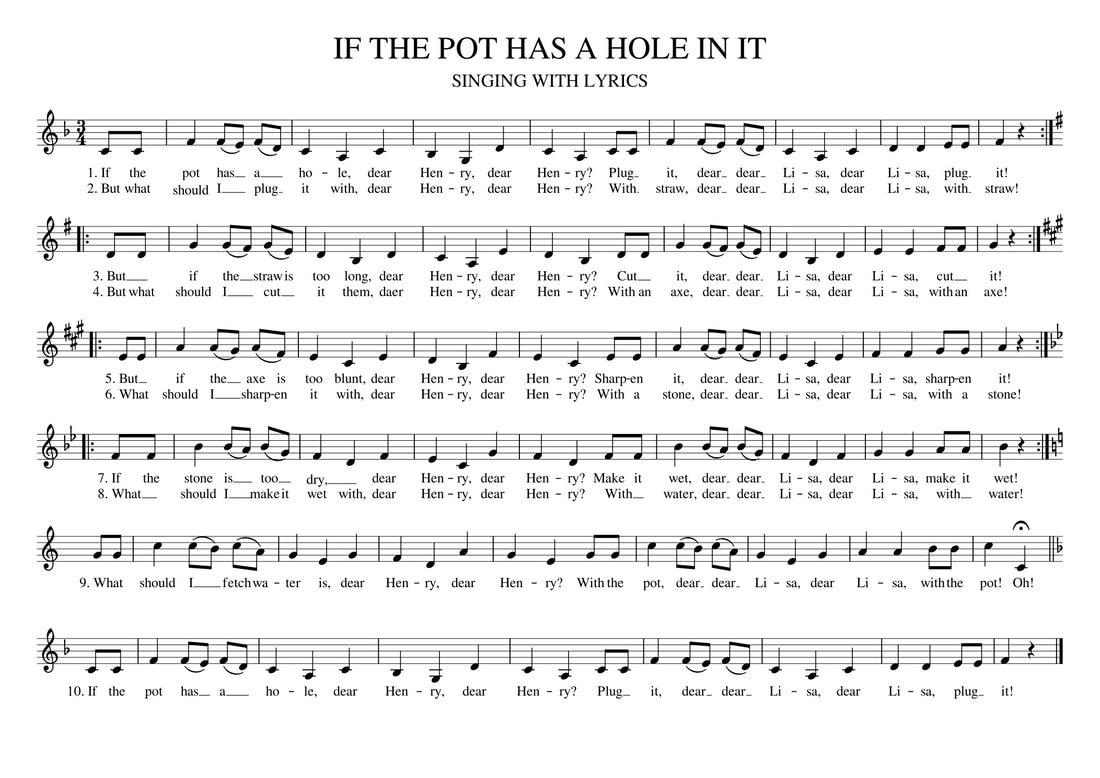
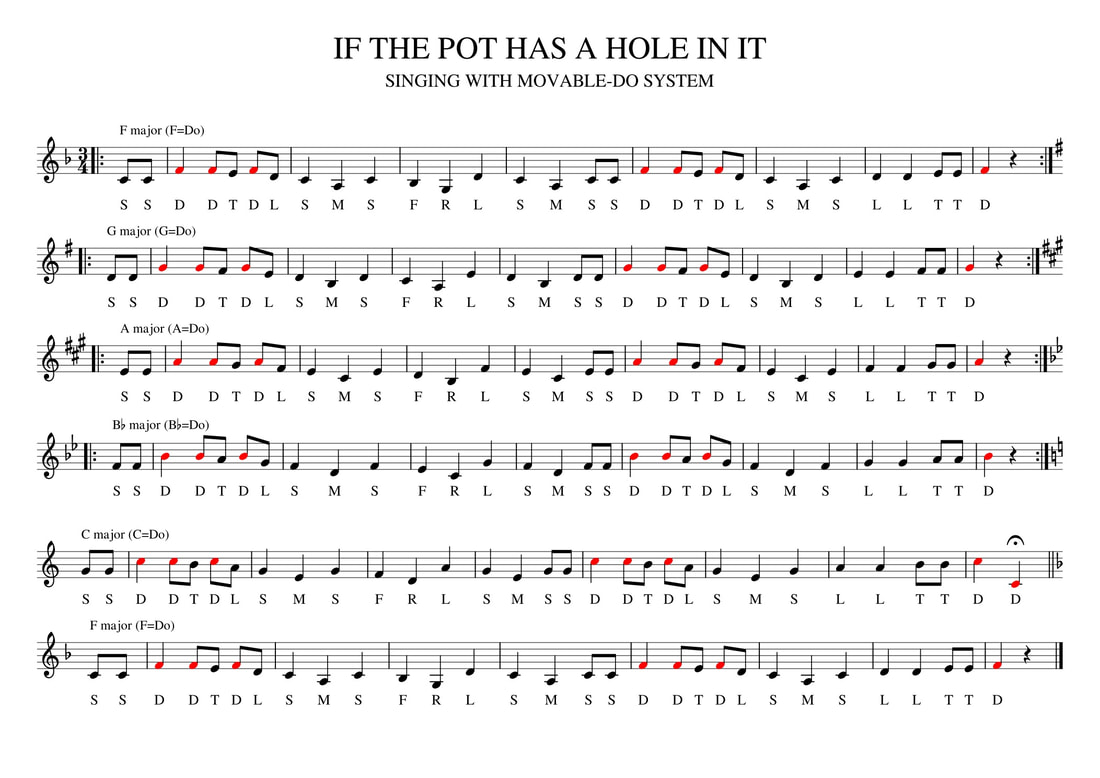
 RSS Feed
RSS Feed